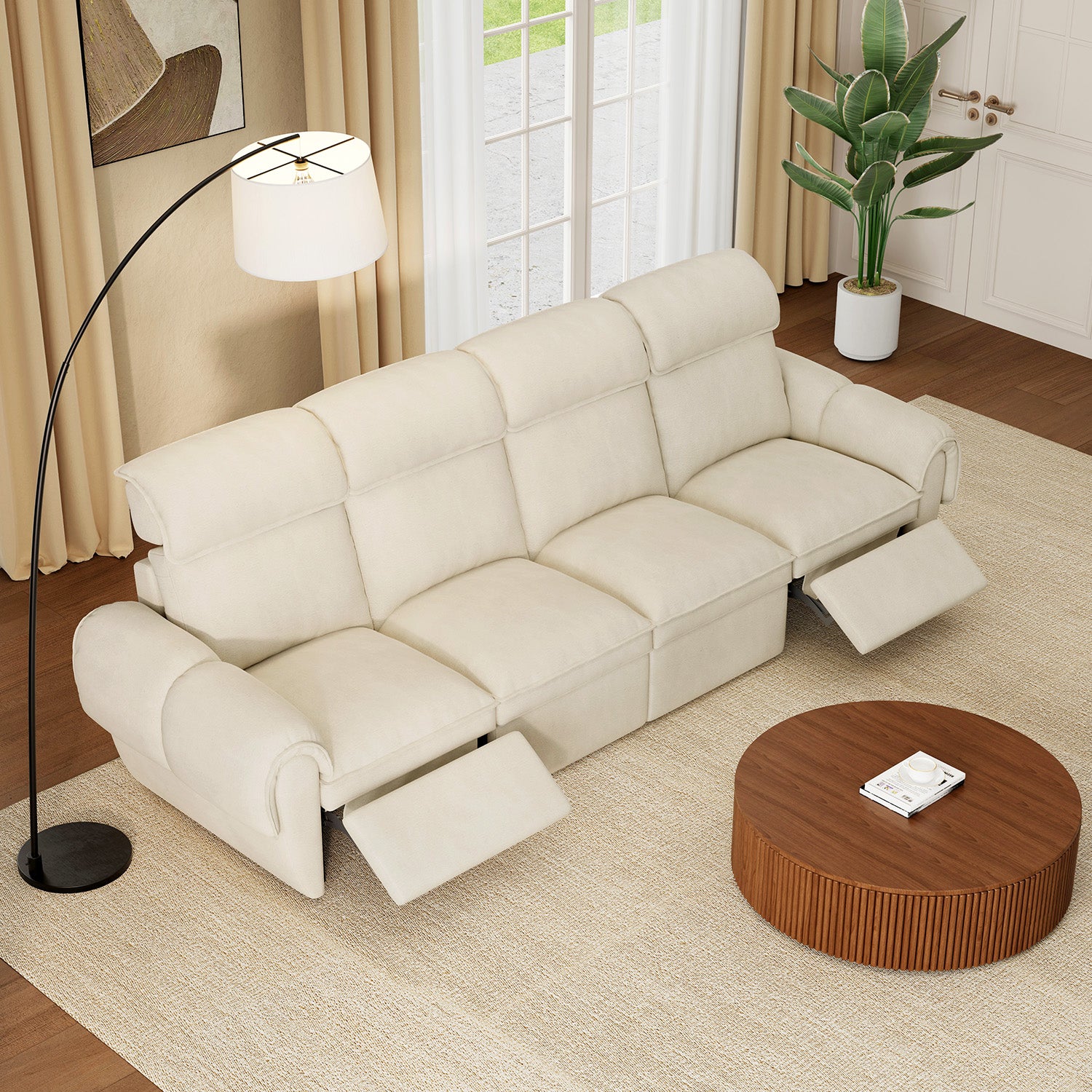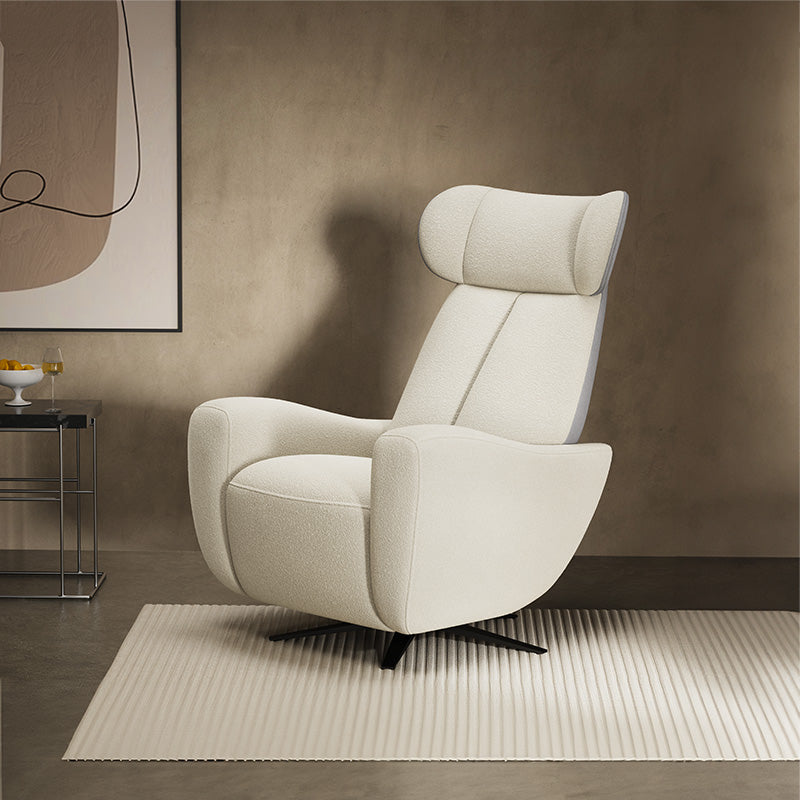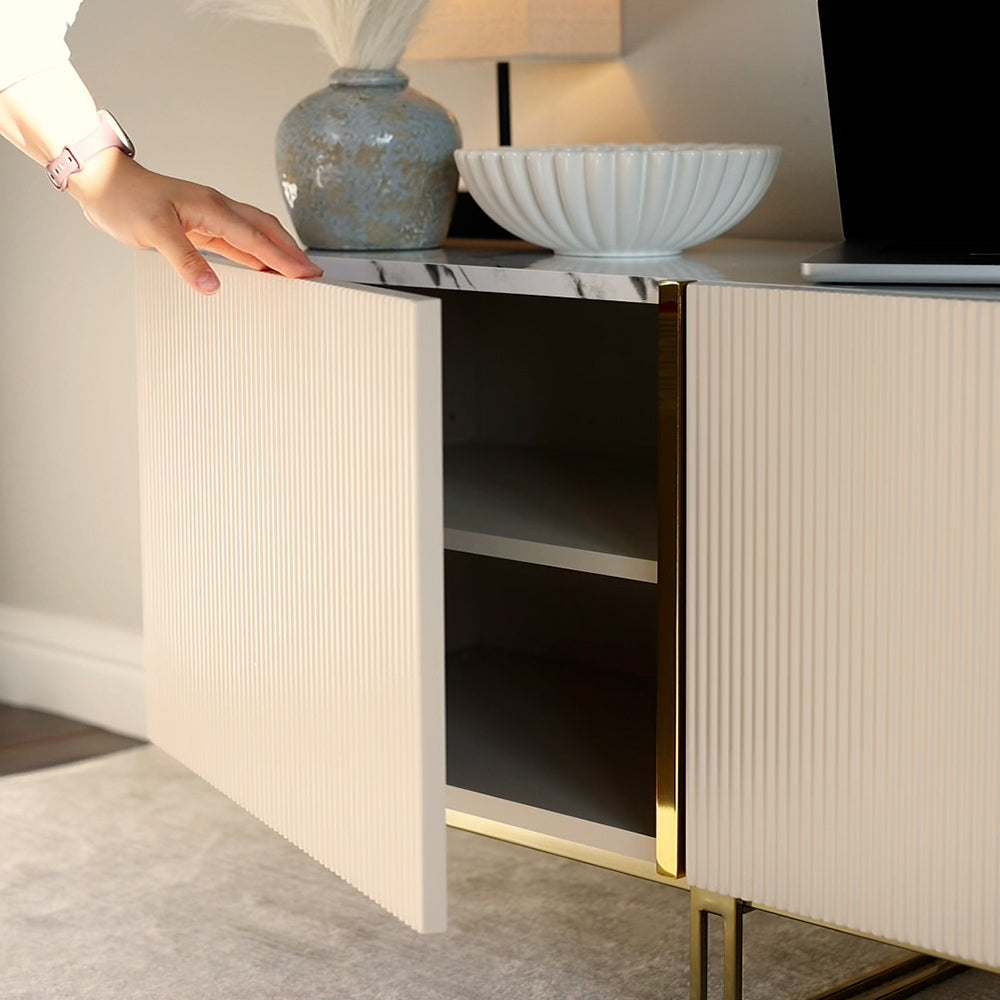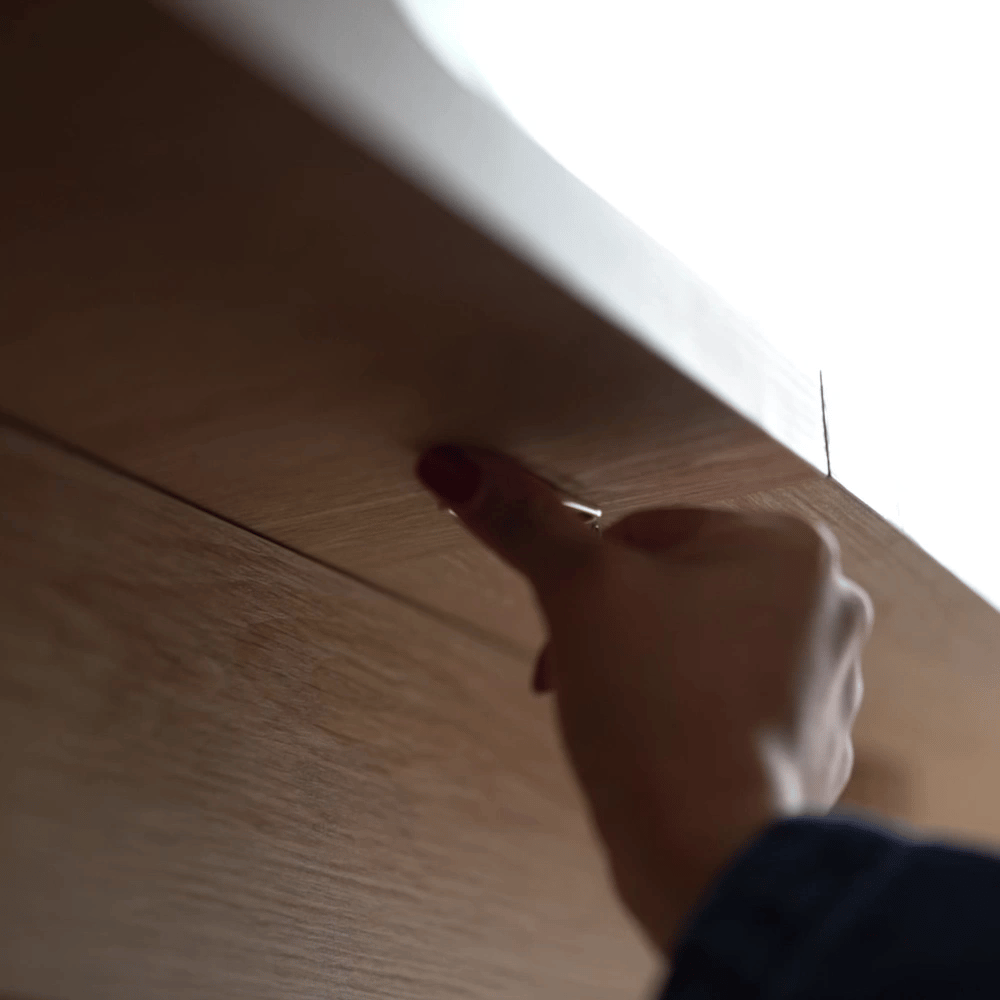Fake leather, also known as synthetic leather or faux leather, is a popular material for couches due to its affordability and aesthetic appeal. However, over time, fake leather can show signs of wear, such as peeling, cracking, fading, or losing its smooth finish. While these issues may make your couch look old and worn out, you don’t necessarily need to replace it. With the right tools and techniques, you can restore your fake leather couch and bring it back to life.
Table of Content
Common Issues with Fake Leather Couches
1. Peeling or Flaking:
Over time, the top layer of synthetic leather may peel or flake off, especially in high-use areas.
2. Cracks:
Prolonged exposure to sunlight, heat, or dryness can lead to cracking.
3. Fading:
UV rays and regular use can cause discoloration or fading of the material.
4. Scratches and Scuffs:
Sharp objects, pets, or heavy use can leave scratches and scuff marks.
What You’ll Need

To restore your couch, gather the following tools and materials:
- A clean, soft cloth
- Mild soap or synthetic leather cleaner
- Sandpaper (fine-grit)
- Faux leather repair kit (available at hardware or furniture stores)
- Vinyl adhesive or leather glue
- Paint or dye designed for synthetic leather
- Foam brushes or sponges
- Clear sealant or topcoat for faux leather
- Optional: Wax or conditioner for synthetic leather
Step-by-Step Guide to Restoring a Fake Leather Couch
1. Clean the Couch Thoroughly
Before beginning any restoration work:
- Use a damp, soft cloth and mild soap or a synthetic leather cleaner to remove dirt, dust, and oils.
- Focus on damaged areas to ensure they are free of debris that could interfere with the repair process.
- Allow the couch to air dry completely before moving to the next step.
---
2. Repair Peeling or Flaking Areas
If the top layer of synthetic leather is peeling:
- Trim Loose Pieces: Use scissors or a razor blade to carefully cut away peeling or flaking material. This prevents further damage and creates a clean edge for repairs.
- Apply Adhesive: Use vinyl adhesive or leather glue to secure any loose edges. Spread the glue evenly and press the edges down gently.
- Smooth the Surface: Let the adhesive dry completely, then use fine-grit sandpaper to smooth out rough edges.
---
3. Fill Cracks and Gaps
For cracks or minor gaps:
- Use a Repair Compound: Apply the compound from a faux leather repair kit to fill cracks or small holes. Use a spatula or your finger to spread it evenly.
- Dry and Sand: Let the compound dry according to the instructions, then sand the area lightly for a smooth finish.
---
4. Repaint or Redye the Couch
To restore the color and finish of your couch:
- Choose the Right Paint or Dye: Select a product designed for synthetic leather. Match the color to your couch as closely as possible.
- Apply in Thin Layers: Use a foam brush or sponge to apply the paint or dye in thin, even layers. Allow each layer to dry before applying the next.
- Blend the Edges: Feather the paint or dye into the surrounding areas to create a seamless look.
Tip: Work in small sections to ensure even application and avoid streaks.
---
5. Protect the Restored Surface
After repainting or repairing your couch:
- Apply a Clear Sealant: Use a clear topcoat or sealant to protect the restored areas and prevent future damage.
- Buff for Shine: Once the sealant dries, buff the surface gently with a soft cloth to restore the synthetic leather’s natural sheen.
Optional: Condition and Maintain
To extend the lifespan of your restored couch:
- Apply a synthetic leather conditioner or wax to maintain flexibility and prevent cracking.
- Use the conditioner sparingly, as too much product can create a sticky or shiny finish.
Preventing Future Damage
To keep your restored couch in good condition:
1. Avoid Direct Sunlight:
Position your couch away from windows or use curtains to reduce UV exposure.
2. Clean Regularly:
Wipe down your couch weekly with a damp cloth to remove dust and prevent dirt buildup.
3. Use Throws or Covers:
Protect high-use areas with a throw blanket or couch cover to reduce wear and tear.
4. Rotate Cushions:
If your couch has removable cushions, rotate them regularly to distribute pressure evenly.
5. Trim Pet Nails:
If you have pets, keep their claws trimmed to prevent scratches.

When to Seek Professional Help
While most restoration tasks can be handled at home, some situations may require professional intervention:
- The damage covers a large area or is severe.
- The couch is antique or has sentimental value, requiring careful restoration.
- DIY methods fail to match the original color or texture.
Professionals can provide advanced repairs and ensure a polished finish that blends seamlessly with the rest of the couch.
Conclusion
Restoring a fake leather couch is a cost-effective way to extend its life and improve its appearance. Whether it’s peeling, cracking, or fading, most common issues can be repaired at home with the right tools and techniques. Regular maintenance and preventive care will keep your couch looking fresh and stylish for years to come. By investing a little time and effort, you can transform your worn-out faux leather couch into a beautiful centerpiece for your living space.
If you want to buy our home furniture or couch for living room, you can check out more on our store


































